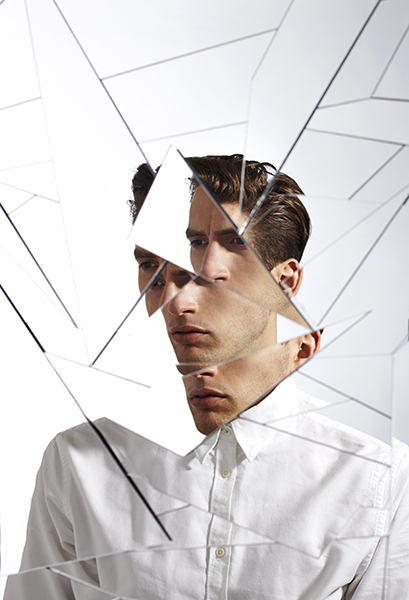These symptoms of schizophrenia indicate that the person has lost touch with reality. Hallucinations can occur in any of the senses, but they are usually auditory. People who experience auditory hallucinations may hear voices talking about them or giving commands, such as telling them to kill their family members. Often, the hallucinations are related to the person’s delusions.
People with delusions of persecution have paranoid thoughts that others are "out to get me." People with delusions of grandeur are convinced they have special powers or status, such as the ability to control other people’s thoughts.






